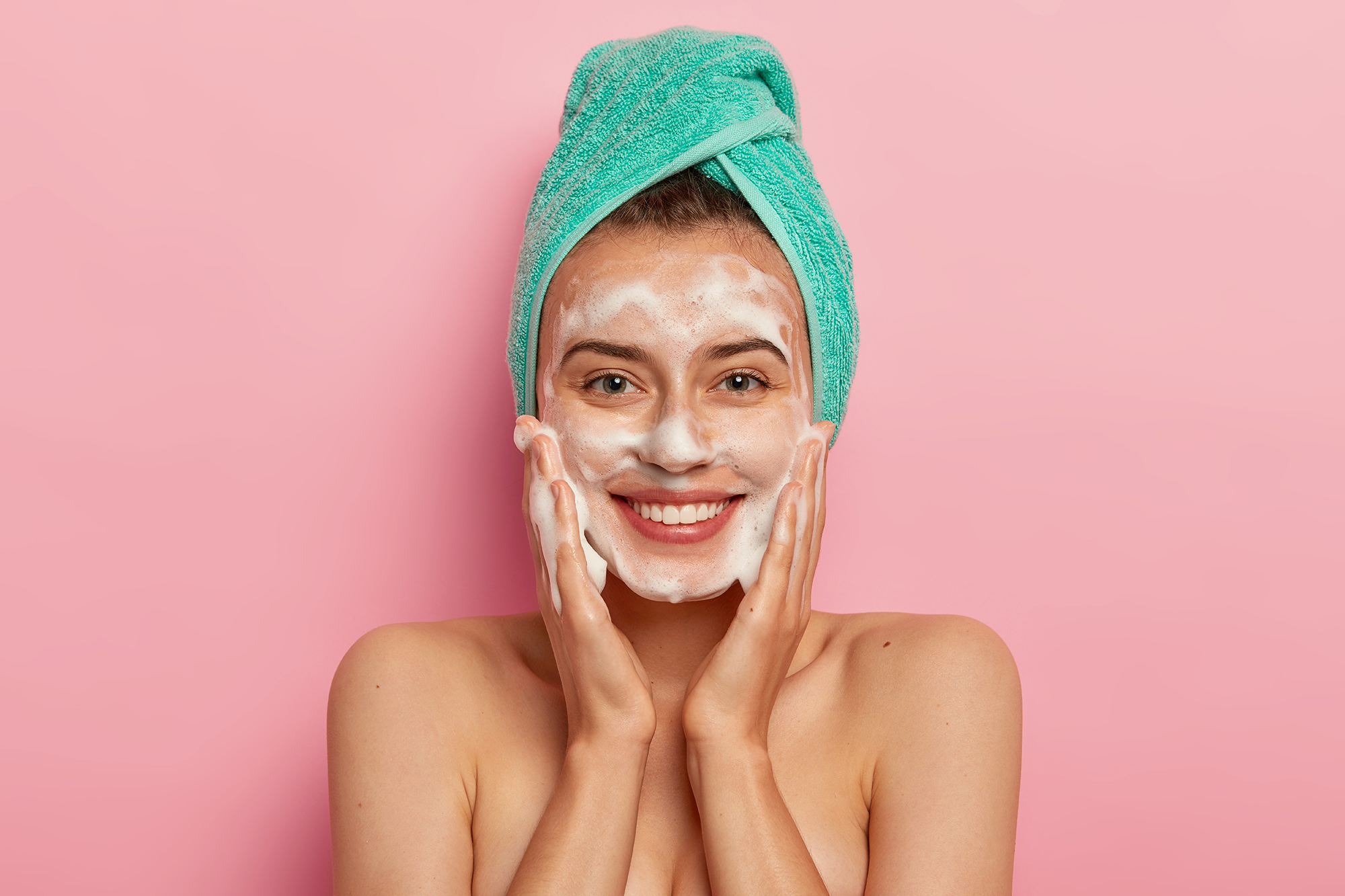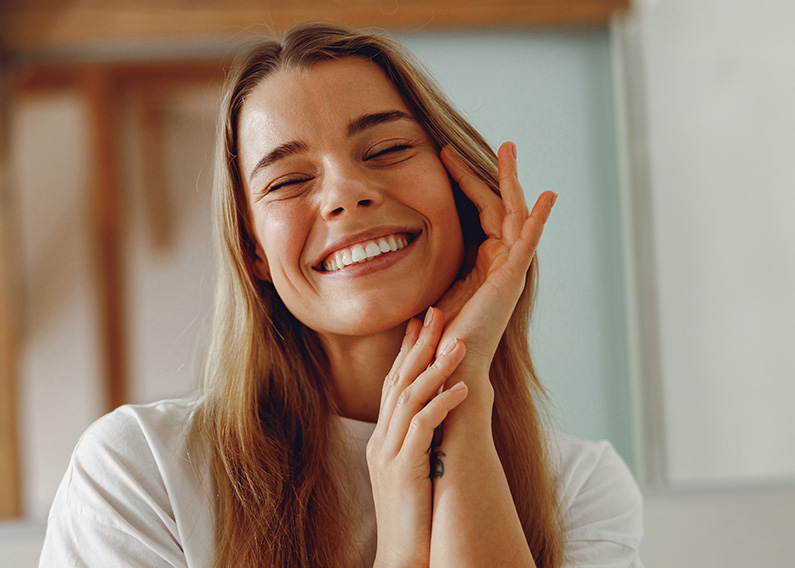When Pamela Anderson stepped out at Paris Fashion Week last year without a scrap of makeup, she sparked a worldwide debate. Was it a stunt? Her decision was unusual and perhaps risky. The debate raged over why it was an issue – and what even was the issue. Once a Playboy bunny and heavily made-up TV star, Pamela said it was about making a choice on her presentation, unrealistic beauty standards and being rebellious in the face of certain aesthetic expectations, suggesting the focus should be on the clothes she wore at fashion week, not on her. Yet she created the exact opposite.
While it hasn’t spearheaded a trend with celebrities eschewing makeup at events, it has started the all-important conversations about beauty expectations and is aligned with an overall trend in the industry of less is more.
We spoke with an expert in the skincare field, Dr Ellen Selkon from Clinic42, about which ingredients to look for in products and which treatments and procedures to consider.
Dr Ellen: I think it’s always good to go with good ingredients. For example, if choosing vitamin A, you want about 0.1 to 1 percent retinol in your product to be effective. Niacinamide (vitamin B3) is another ingredient. Unfortunately, many companies don’t tell you the percentage they have in their product, so even a trace they can advertise. But you want above 7-10 per cent concentration of niacinamide in your product.

What’s the best routine to follow if you’re worried about wrinkles?
Dr Ellen: I like to keep things really simple, so my routine is as follows:
Morning: Wash with a microfoliant in the shower, then sunblock, vitamin C and moisturiser
Evening: Cleanse, vitamin A, niacinamide, moisturiser, and once a week, I use an exfoliating mask.
What’s the best routine to follow if you’re worried about pigmentation?
Dr Ellen: For pigmentation, you would want to add to the above routine as vitamins A, B and C all play a role in pigmentation, but you could add in an ingredient specifically targeting pigments such as tranexamic acid, kojic acid and vitamin A (retinoic acid). You want the highest concentration your skin can tolerate.
What’s the best routine to follow if you’re worried about rosacea?
Dr Ellen: With rosacea, everything must be calm but still active. So, you want to look at high-concentration niacinamide, probably a topical medication like Rozex, to treat the bacteria involved and try with small doses of vitamin A and work up.
What facials/treatments are best for winter with its low UV light?
Dr Ellen: IPL is a must during the winter months, and it’s good to take advantage of this; get your face, neck, décolletage and hands done if possible. Peels are also an excellent winter treatment to stimulate cellular turnover. This can be followed by a Fire and Ice facial (a treatment that combines warming and cooling sensations), which promotes new cells and gives you a great glow…
To read the full article on the GoodMagazine website follow the link below.


Recent Comments